New York's Paid Prenatal Leave Requirement Effective January 1, 2025

Starting January 1, 2025, employers in New York must provide employees with 20 hours of paid prenatal personal leave within any 52-week calendar period. This leave is in addition to the regular paid sick leave (PSL) already mandated by law. The state has issued FAQs to help employers understand and implement the new requirement.
Key Details of Paid Prenatal Leave
- Purpose: Paid prenatal leave can be used for prenatal health care appointments during an employee’s pregnancy or for other pregnancy-related care.
- Eligibility: The leave applies to all employees of private-sector employers, regardless of company size. However, only the pregnant employee receiving care may use this leave—spouses and partners are not eligible.
- Leave Allocation: Unlike regular PSL, which accrues over time, paid prenatal leave is front-loaded, meaning eligible employees automatically receive 20 hours at the start of their eligibility.
- Pay Requirements: Employees must be paid at their regular rate of pay or the applicable minimum wage, whichever is higher, for any hours of prenatal leave used.
- No Waiting Period: Employees do not need to meet any minimum length of service to access this leave.
- Unused Leave: Employers are not required to pay out any unused prenatal leave when an employee’s employment ends.
This new requirement underscores New York’s commitment to supporting employees during pregnancy, providing additional flexibility and financial stability for prenatal care. Employers should review their leave policies and ensure compliance by the January 2025 effective date.









